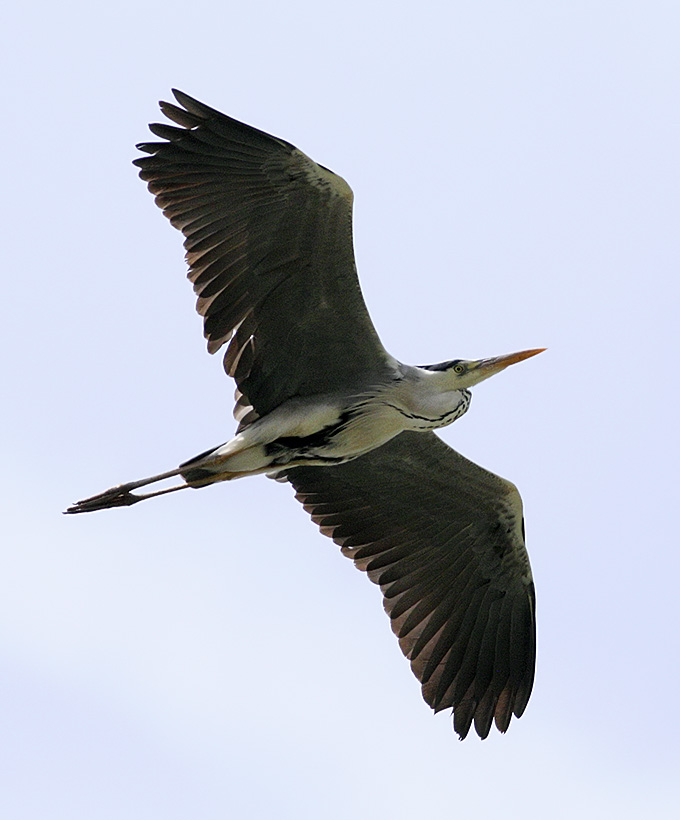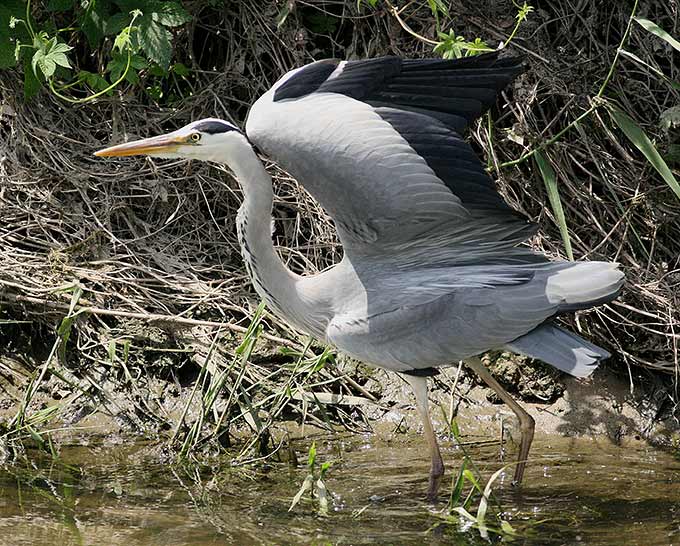 | E-mail to Birds Korea |
 | KWBS |
in the Region
 | The Oriental Bird Club |
 | BirdLife International (Asia) |
June
Often hot (temperatures up to 30°C inland) and humid, with very heavy rains some years by mid-month.
By early June, Yellow and the rare Schrenk's Bittern are breeding in reed-beds, and Watercock give their (slightly comical) gulping calls in the best rice-field areas. Nesting activity in Black-faced Spoonbill and Chinese Egret colonies reaches its peak, and forest nesters are still vocal, especially in the first half of the month. At Gwangneung, typical species include 4 species of woodpecker, Ruddy Kingfisher, Yellow-rumped Flycatcher and Mandarin Duck, while on the south coast at Geoje Island Pale Thrush, Blue-and-white Flycatcher and Yellow-throated Bunting predominate. Black Woodpigeon nest on Gageo and other islands and Styann's Grasshopper Warbler are widespread on small islets: both species, plus the very local Russet Sparrow, can be seen well on Ulleung Do.
(The following records are a compilation of our own sightings and records sent in by other observers. As well as being posted on the Birds Korea website(s), selected records are also forwarded to other Korean-language birding websites; records of threatened species are arranged and forwarded to Birdlife International and national authorities when appropriate; flag images and records are passed to bodies responsible for their coordination throughout the flyway; and all records sent to us are used to compile annual reports and to support the evolving understanding of the status of many of Korea’s birds.)
Nakdong Estuary, June 29
Korea's apparently first Roseate Tern Sterna dougallii was found and photographed (by Jeon Shi-Jin) in the Nakdong Estuary, Busan, with identification made by the observers. Identification of this breeding-plumaged adult was based largely on tail length and bill coloration in the field, and reconfimed based on the single image taken.
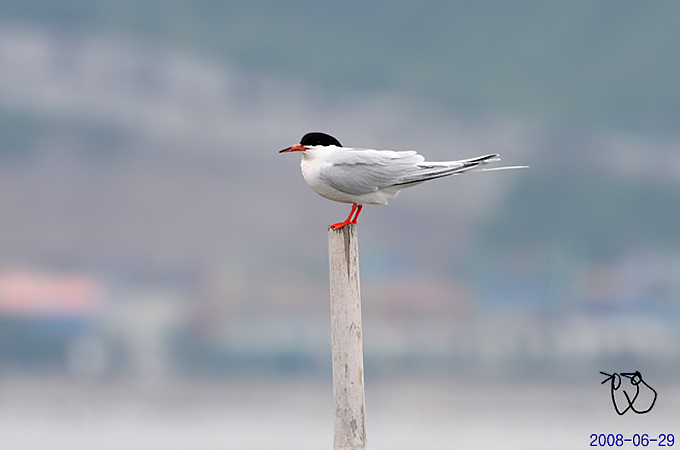
Additional Comments.
The Roseate Tern was a long-awaited addition to the Birds Korea Checklist and will be added to the Category One of our Checklist with the next Update (in July/August 2008).
Occurring regularly north to southernmost Japan, the species had been recorded as far north as Kangawa Ken, central Honshu, by 1980 (Brazil, The Birds of Japan, 1991), and was also recorded several times in the summer months as far north as Fukuoka (northern Kyushu, and only 200 km south of Busan) in the 1990s at least.
As elsewhere in North America, Europe and Asia, the most obvious confusion species are Common Tern Sterna hirundo (especially of the scarcely-recorded minussensis subspecies) and Arctic Tern Sterna paradisaea (a species not yet formally claimed in Korea). Easily identified in flight (by the short-winged and long-tailed structure combined with its primary pattern) the species is more difficult to identify when perched.
This excellent image, however, shows several diagnostic features. Most notably, the tail streamers extend well-beyond the primary tips of the closed wing. This is very typical of Roseate Tern and this feature alone should rule out Common Tern (in which the tail streamers are more or less the same length as the primaries of the closed wing). The bird is also rather pale with some contrast in the closed primary tips, and has rather long-looking legs (again all typical features of Roseate Tern, and all features that should help rule out Arctic Tern). Although the angle is not perfect for seeing the bill shape, the bill also appears rather long, slender and quite likely slightly decurved. Although many field-guides show Roseate Tern adults with black or dark bills, a red bill base is apparently typical of birds in breeding-plumage, perhaps even more so in the eastern subspecies bangsi. Further good Roseate Tern features (at rest) include the slight bulges in the black cap near the eye, and most especially the faint pinky (roseate) wash to the breast, just visible in this image.
Shiripdae, Seongnae & Seolleung, June 29
In dark woodland at Shiripdae (E. Seoul), a picture of typical summer birds only included a White's Thrush which unusually was seen to creep up a slanting tree-trunk like a woodpecker: otherwise a picture of typical summer birds only e.g. Brown-eared Bulbuls, Marsh & Great Tits.
At Seongnae (nr. Jamsil), the formerly overgrown stream has sadly been altered within the past year. Now it is straightened into a canal, with waterside vegetation removed and replaced with trim concret edges. The few birds remaining- Spot-billed Duck, Grey Heron, Oriental Reed Warbler, Little Egret and 2 Mallard were to be found only at a small water inlet where the bank had been left with reeds. It seems that excessive and relentless development countrywide, is year by year, removing more and more habitat available to birds, even at the very local level.
A brief look-in at Seolleung Tombs (Gangnam-gu) added Japanese Pygmy Woodpecker, a Common Pheasant, Black-naped Oriole and a family of 4 Grey-headed Woodpecker, one of which spent much time on the ground, presumably digging for ants.
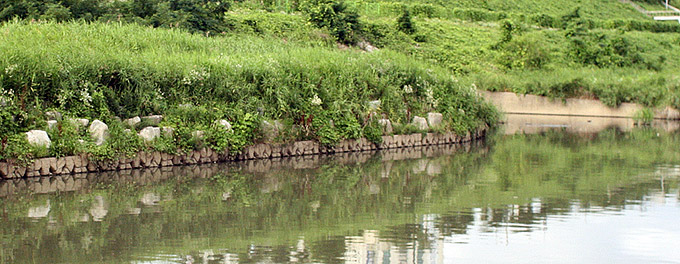
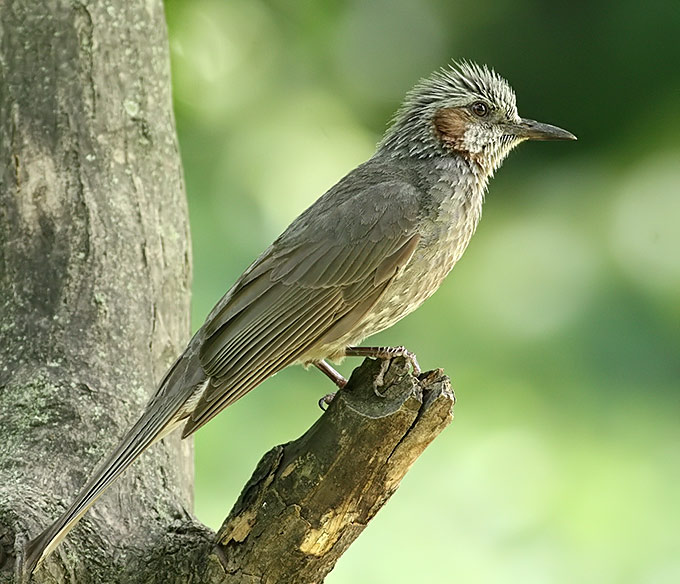
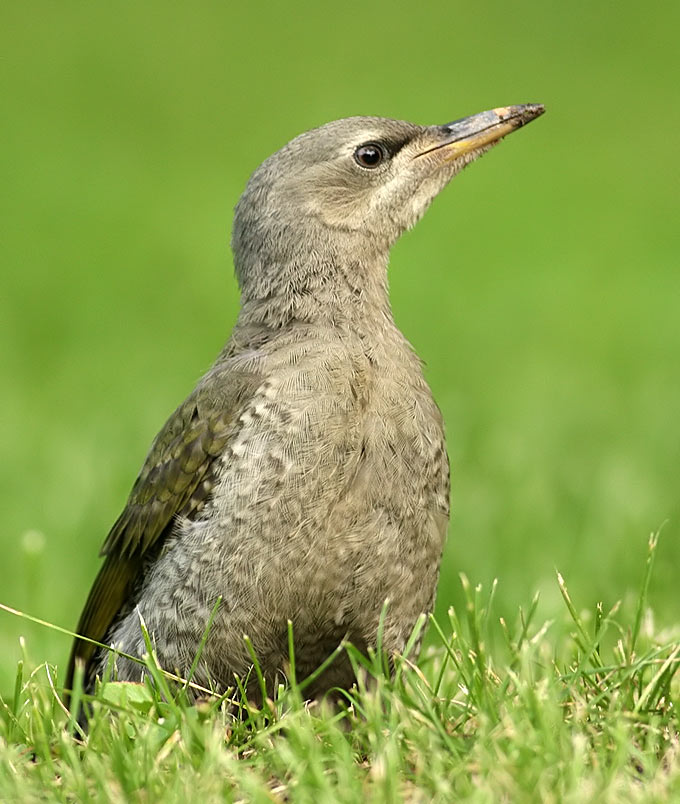
Uiwang, June 24
The reservoir at Uiwang features extensive reedbed and willow scrub and is relatively undisturbed 9although increasingly so by a few sport fishermen). Previous records here include Snow Goose, Shrenck's Bittern, Watercock and Eurasian Spoonbill.
A rather distant mother Mandarin Duck, trailed by 5 ducklings, is the first actual breeding of this species I have seen in Korea. Also noteworthy at dusk was a trilling Ruddy Crake heard frequently from nearby reeds and a repeatedly calling Brown Hawk Owl from the woods nearby. Although mostly hiding in and out of reed cover, at least 10 adults and 4 separate Coot chicks were noted, as well as 2 Great Crested Grebe near an apparent nest (both are decidedly scarce as nesting species).
Otherwise the usual commoner species such as Common Kingfisher, Common Moorhen, Cattle Egret, Striated Heron, etc were to be seen.
Unfortunately the stream flowing into the reservoir is being concreted: now with all vegetation removed and suddenly devoid of frogs or insects. There seem to be very few waterways nationwide that have not been so dramatically altered in recent years- leading sadly to an widescale reduction in habitat and biodiversity.
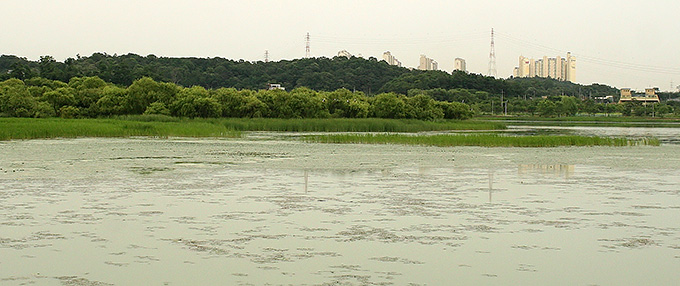
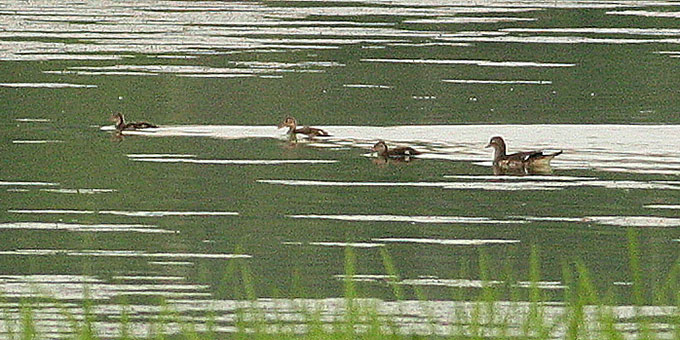
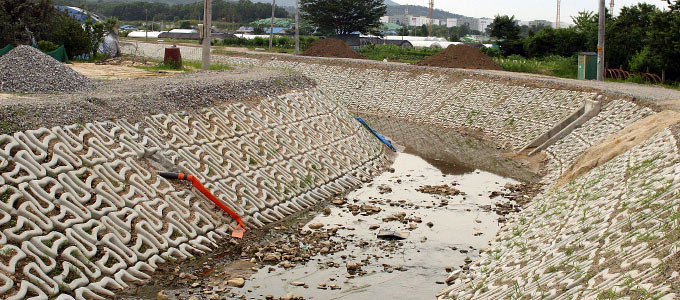
Aham-do, June 22
At the far corner of Songdo is the newly-named "Aham-do Marine Park"- a promenade overlooking what was a massive intertidal mudflat only 2 years ago- supporting such species as the globally rare Relict Gull and Black-faced Spoonbill. Although the name suggests a protected reserve, the entrance includes a map showing the vast area of estuary recently reclaimed.
Today, only a tiny fraction remains, surrounded by reclaimed land, the new highway bridge and the new Songdo City economic investment zone. Nevertheless, so rich is the mud here that 38 Saunders's Gull could be seen still feeding on this tiny strip, sustaining the presumably downsized colony nearby.Even Black-tailed Gulls appeared to pull up a worm or down a crab every 5 to 10 seconds, and up to 20 Little Tern dived for fish in the inlet water channel. Also present 6 Eastern Oystercatcher, 2 Eastern Great Egret and surprisingly, 9 Black-headed Gull.
Across the road lies the now verdant and delightfully overgrown Songdo Golf Course- which has formerly hosted such national rarities as Yellow-bellied Tit, Chinese Nuthatches, Long-Eared Owls and apparently Little Owls. A billboard at the entrance reveals this site is to be developed into a sports and liesure complex, with the golf course presumably manicured and tidied to attract businesspeople.
Here today were many Oriental Reed Warblers, Grey-capped Greenfinches, a Common Cuckoo, Eurasian Kestrel, Great Spotted Woodpecker, Black-naped Oriole, Vinous-throated Parrotbills, Black-crowned Night Heron and a flock of at least 60 Grey Starling.


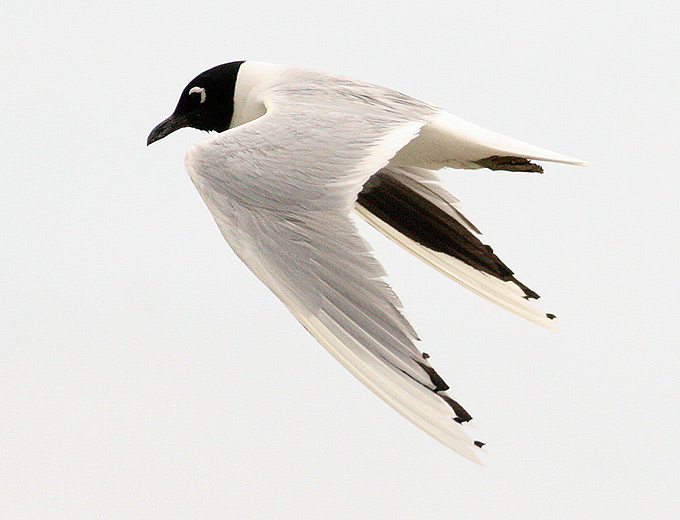
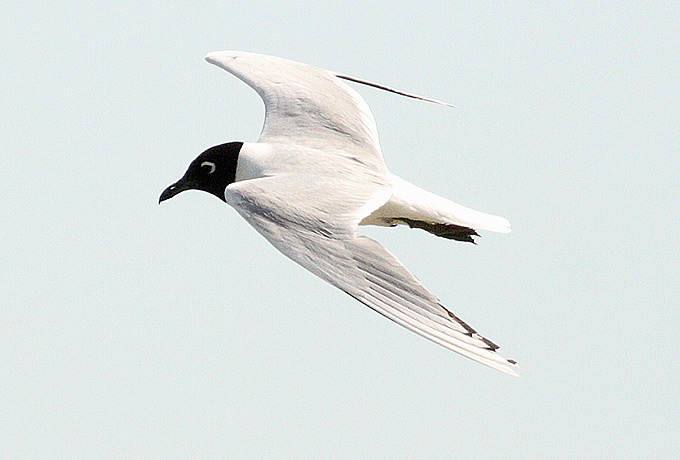
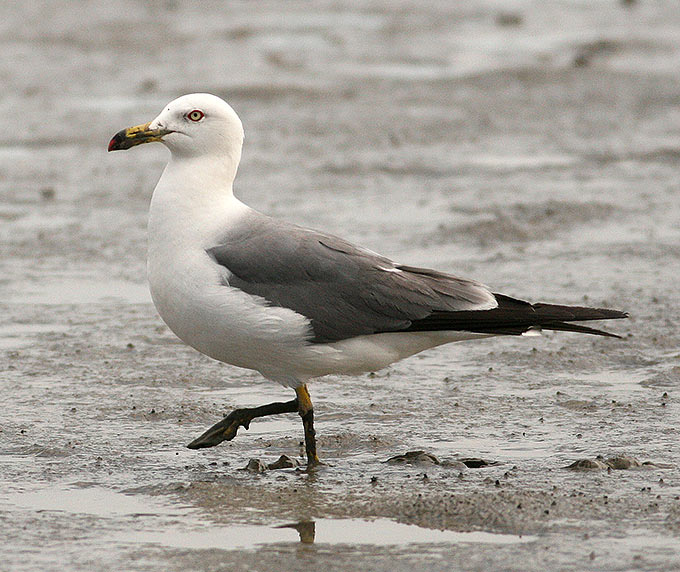
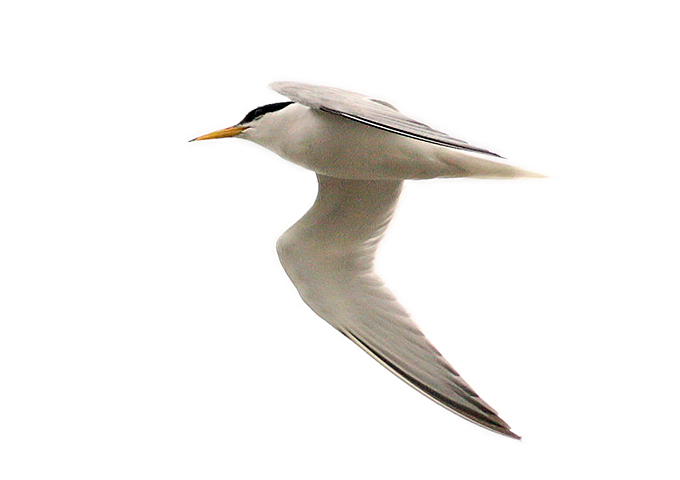
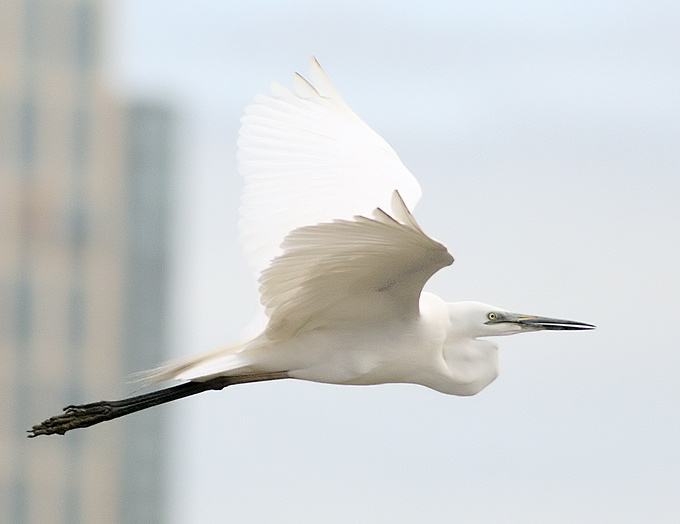
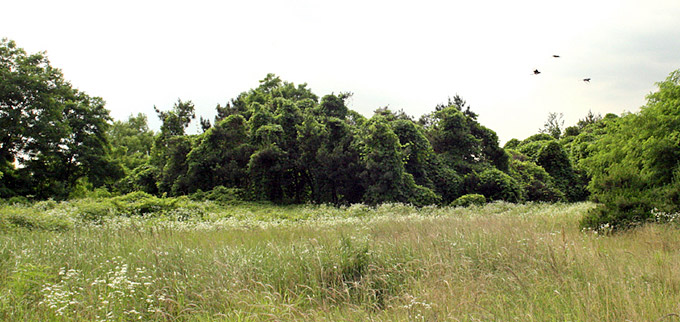
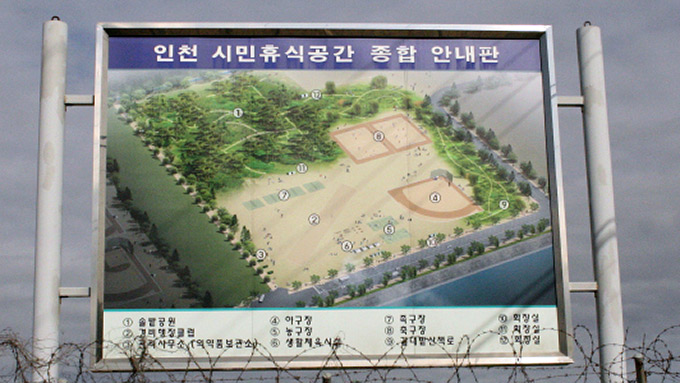
Songdo, June 21
Photography difficult with very overcast and rainy conditions, nevertheless 13 chicks at various stages of growth were visible at the Mongolian Gull colony, some clumsily wing-flapping. Chicks wandering away from their nest were attacked by neighbouring pairs. The very territorial adults harassed eachother and even dive-bombed me, although I stood on the bank some 70m away.
On the lagoon, the road being carved through the prime reedbed area (formerly used by spoonbills) seems to have kept most birds at bay, although several Oriental Reed Warblers and a nesting Coot- a first for this site.
On the reclaimed brackish area, a lone oversummering Shoveler seemed noteworthy. On the vast level reclaimed area, up to 30 Eastern Oystercatcher showed territorial/ pair bonding behaviour although no evidence of nesting. Nearby, a singing Far Eastern/ Northern Skylark, and nesting Little Ringed Plovers.
On the mudflat, 11 Black-faced Spoonbill, several feeding Saunders's Gull and Little Tern, and plentiful Great Cormorant.
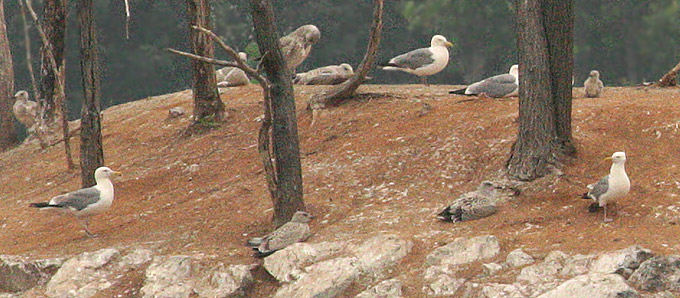
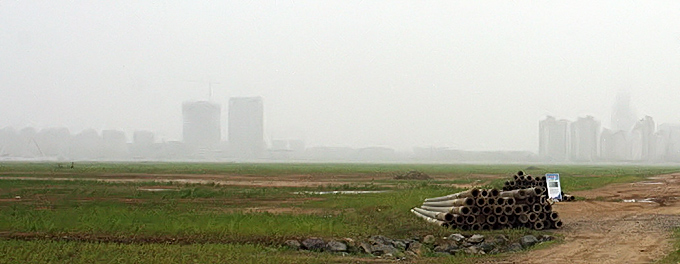

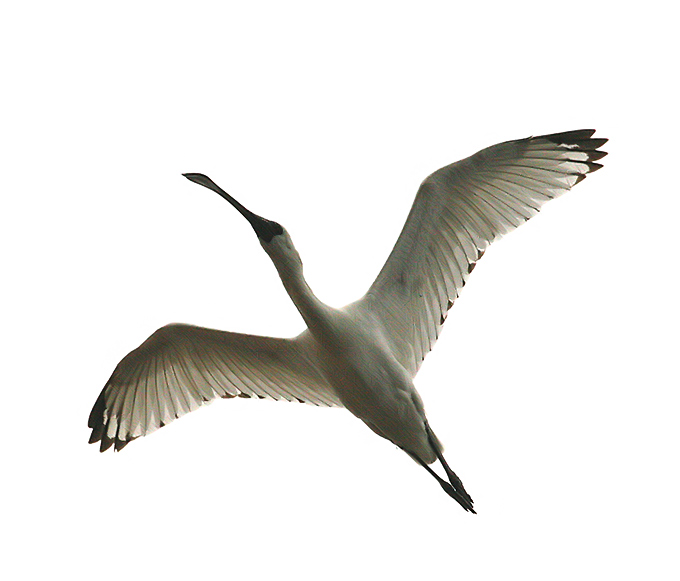
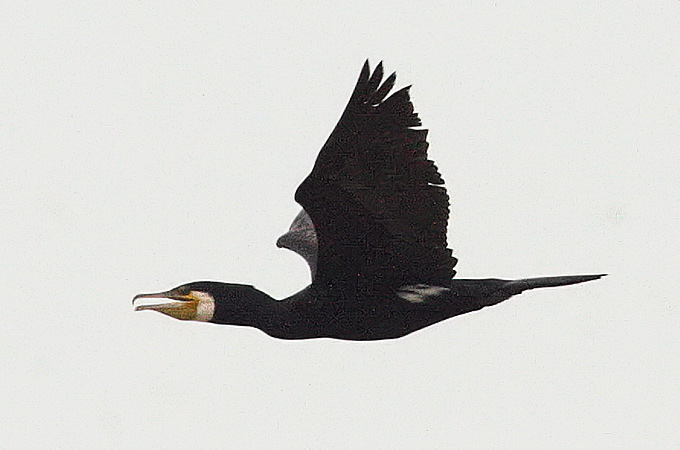
Mireuk Mountain, June 20
White-backed Woodpecker pair seen on Mireuk Mountains quieter west side. Also there Grey-backed Thrush heard and White's Thrush seen. Hoopoe seen near Samgi village.
Yangyang, Sokcho and Songji Lagoon, June 14 & 15
I walked along the north side of Namdaecheon from the coast to Yanggu on Saturday 14 June. There were many Oriental Reed Warblers in the riparian vegetation. I photographed Grey-capped Greenfinches feeding on ripe seeds of a canola mulch crop. I found a Grey-headed Bunting again in the same area as I saw it last month, towards the river from the sculpture park. I was also fortunate enough to photograph one of the 3 Zitting Cisticolas I saw during my morning birdwalk. There were 130 Black-tailed Gulls near the river mouth. Upstream along the river I saw 6 Spot-billed Ducks, 9 Mandarin Ducks, a Eurasian Wigeon and some Grey Herons. I was surprised to hear and then see 4 Eurasian Curlews and 2 Common Greenshanks. I also saw several Little Ringed Plovers, including 2 juveniles and some Common Sandpipers. I recorded 36 species in all along Namdaecheon.
Later on Saturday 14 June I had a look around Cheongcho Lagoon and Cheoncho Cheon in Sokcho. I recorded 12 species there, including a Great Egret, that I photographed catching and eating a fish, a Grey-tailed Tattler, 2 Mallards and a grey coloured Little Egret. I was also able to photograph the latter of these birds. I saw the grey Little Egret and Mallards again on Sunday 15 June as I walked along Cheongcho Cheon in the morning.
Later on June 15 I was at Songji Lagoon with Kim Seong-Mi and Park Gyeong-Shim. We didn't see a lot of birds there, but of particular interest was a single male Tufted Duck and a male Mallard.
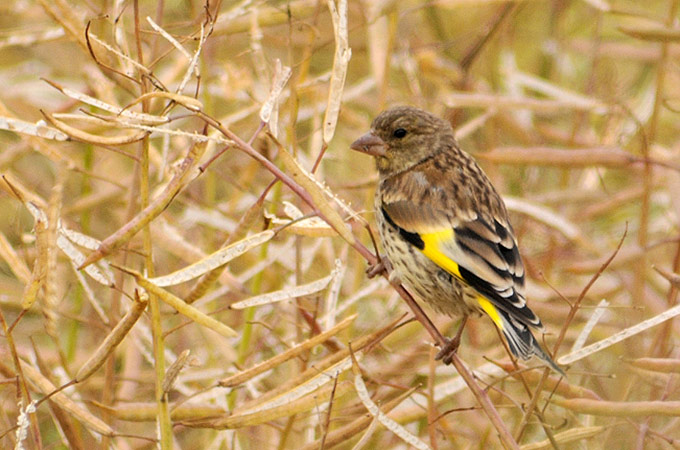
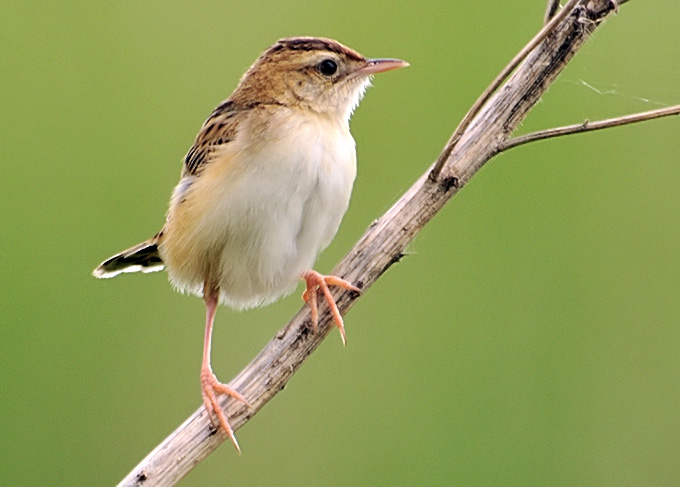
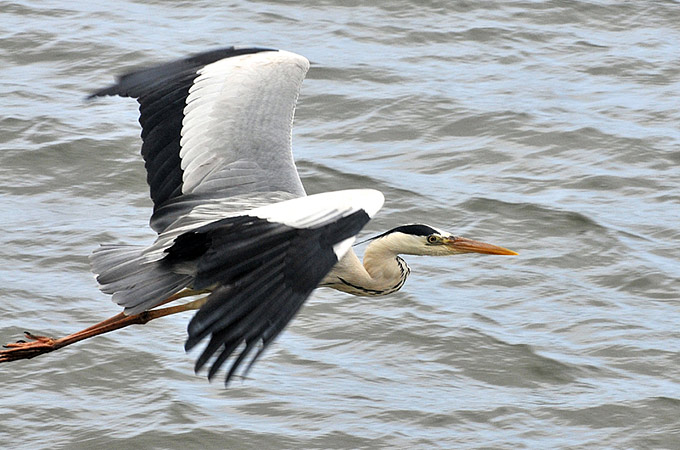
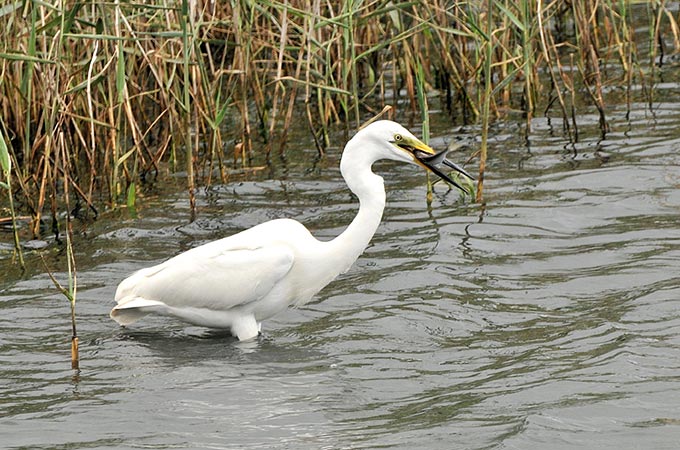
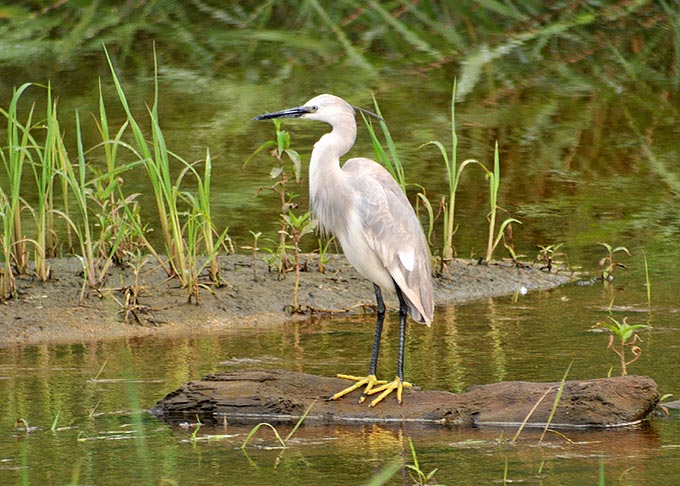
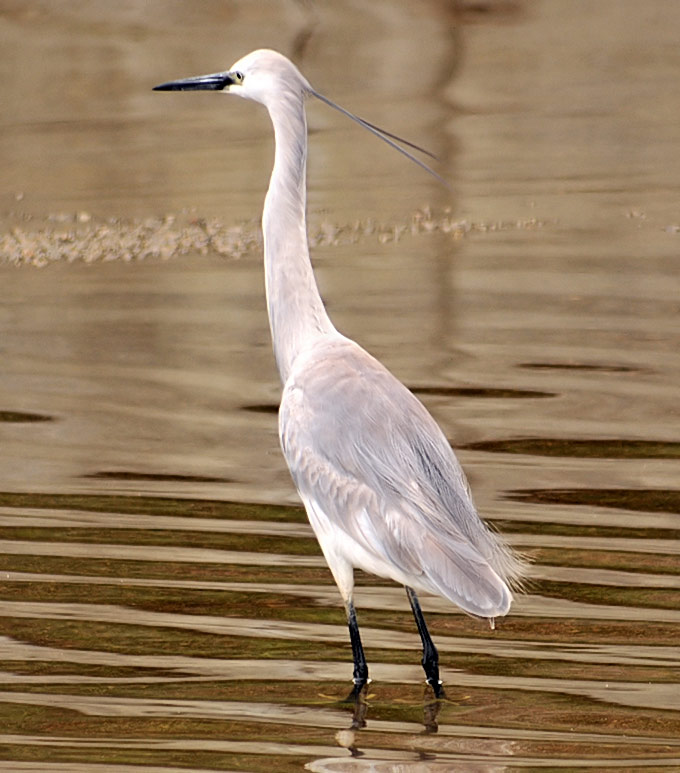
Cheorwon, June 15
First light revealed a decidedly ugly scene at the reservoir: virtually the entire reedbed has been stripped away to make way for more fishermen's seating rows, which now ring almost the entire lake.
A fraction of reeds (about 10 square metres) remain, today containing only 2 Oriental Reed Warbler, a Striated Heron, 1 Great Egret and 2 Spot-billed Duck, as well as plentiful Chinese Water Deer slots. Amazingly, a lone Schrenck's Bittern stood at the edge of this tiny remnant, obviously recently returned in search of the missing breeding area (which up until last summer was one of few known nesting areas for this nationally scarce species).
Likewise in adjacent woodland, apparently only the commonest and most predictable summer species remain: Large-billed Crows, 5 Cattle Egret, 1 Black-capped Kingfisher, Black-naped Oriole, Grey-headed Woodpecker, Grey Starling, Common Cuckoo and 1 Mandarin.
Along with the vanished habitat, 4 species reliably recorded here in previous years were today mysteriously absent- Ruddy Kingfisher, Ruddy Crake,Thick-billed Tiger Shrike, and even Common Kingfishers.
On a lighter note, I found Red-rumped Swallows nesting alongside Barn Swallows in the nearby village. This is the first time I have noticed them breeding in Korea. Their larger chambered nests are situated much higher, and the parents seemingly make much less frequent visits to them than their commoner cousins . Both banded together in outrage at repeated passes from a Northern Hobby.
⇒ At Gimpo yesterday, I see that the extensive overgrown riverside area (which supported a roost of 6 Short-eared Owl last winter) has now been bulldozed away for development.
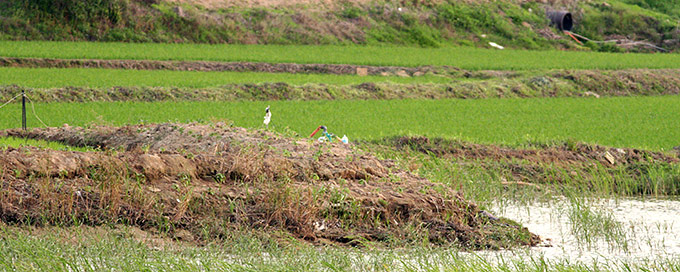
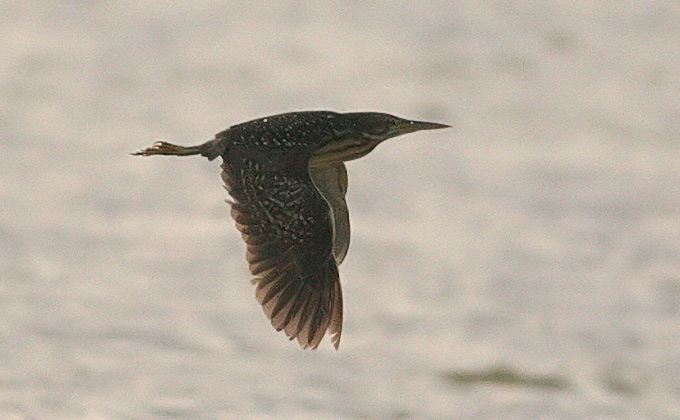
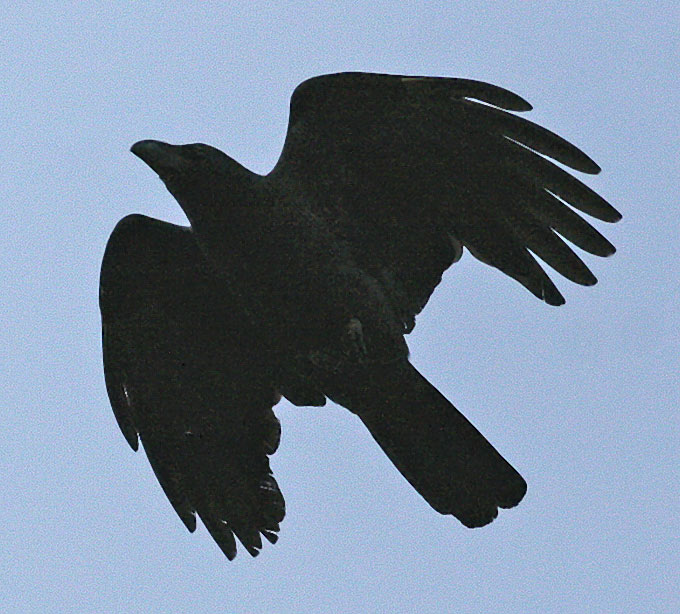
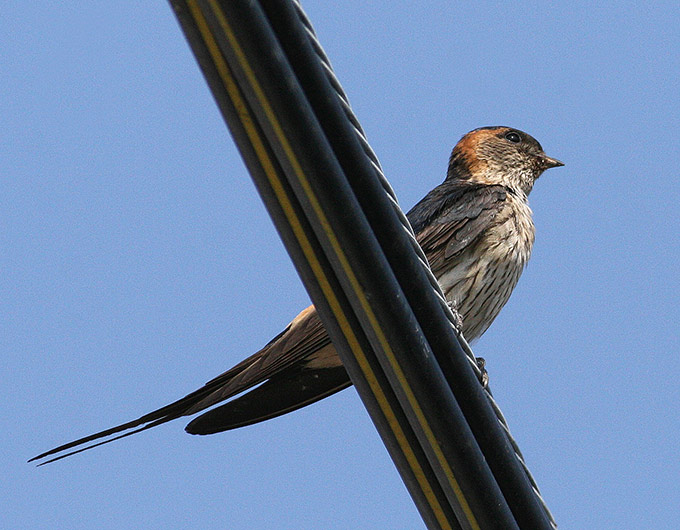
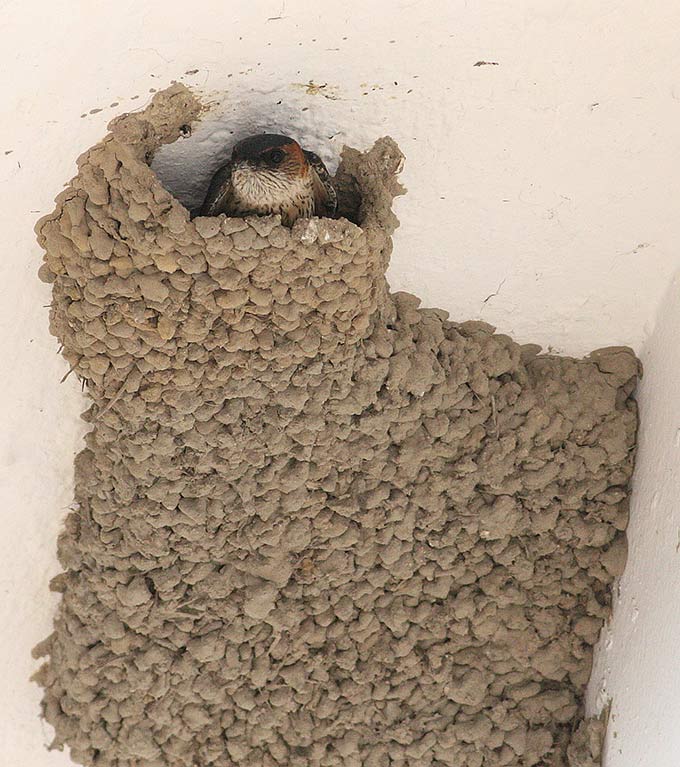
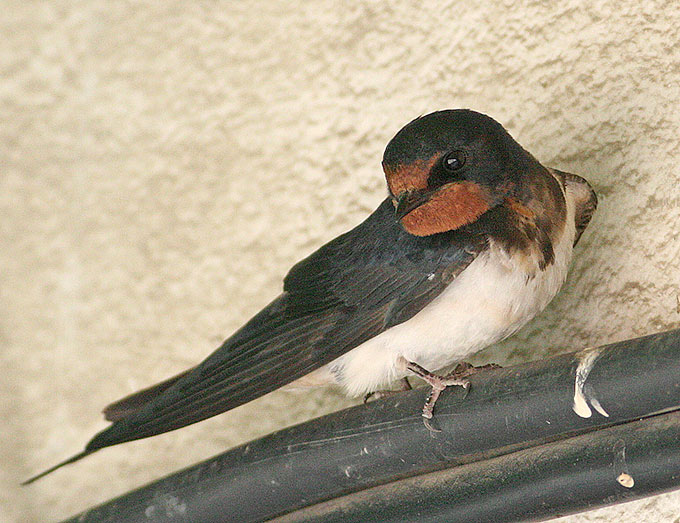
Uiwang, June 10
On the reservoir 8 Common Coot have 3 chicks between them: Great Crested Grebes are still busy at the nest. Also 2 male and 1 female Mandarin, a Common Moorhen and abundant Oriental Reed Warbler. 3 Common Cuckoos were chasing eachother with a distinctive high-pitched bubbling trill. Little Egrets are looking rather dishevelled, with breeding plumes falling out. At dusk 20+ Grey Starling and several Cattle Egret flew in to roost while a Black-naped Oriole performed an erratic display flight.
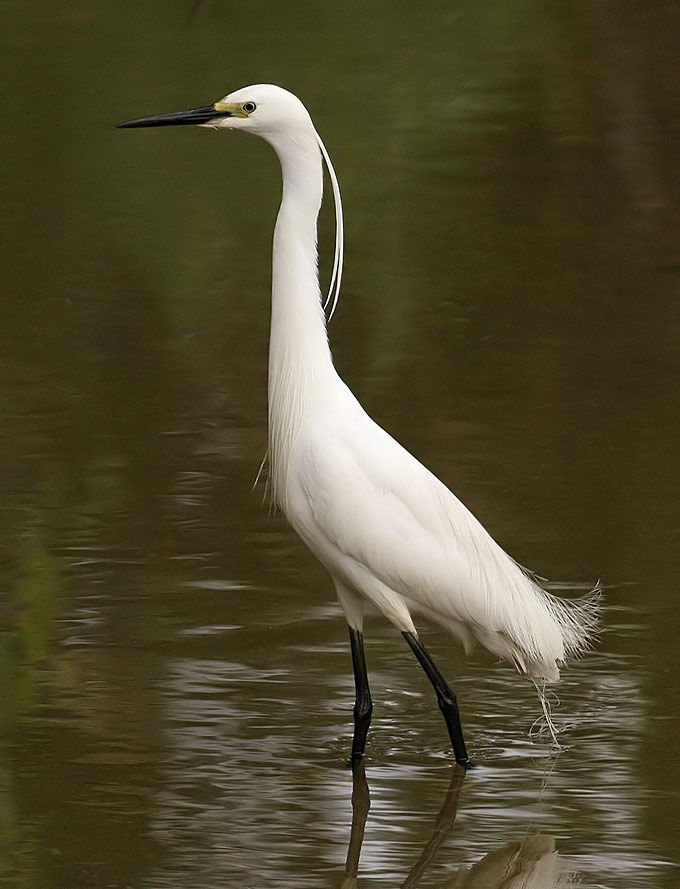
Namhansanseong, June 8
A heavy thunderstorm unfortunately cut short what looked to be a promising trip to this relatively mature forest, which showed a high density of typical woodland birds such as Eurasian Nuthatch, Japanese Pygmy Woodpecker, Coal & Great Tit (all feeding fledglings). Otherwise best a good flight-view of a Lesser Cuckoo, with Indian and Common Cuckoo calling nearby: also Great Spotted and Grey-headed Woodpeckers, with Yellow-rumped Flycatcher and Grey-backed Thrush (heard only).
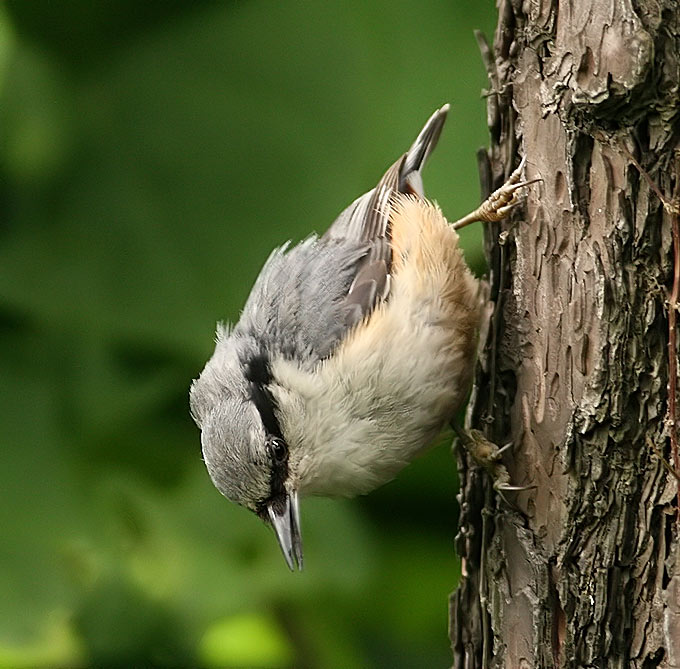
Seosan, June 6
With the area now broken into smallholdings, increased vehicle traffic and developers moving in, a birdless morning produced only abundant Oriental Reed Warblers and Black-Crowned Night Herons. The afternoon however gave prolonged views of a Eurasian Eagle Owl mobbed by a Red Squirrel: in the same spinney of conifers, up to 5 Black-capped Kingfishers with their nesting holes in the red sandstone cliff nearby. Otherwise notable were 2 Common Tern at the sea wall, 12 oversummering Far Eastern Curlew, and typical summer birds such as Hobby, Common Cuckoos, a family of Eurasian Hoopoes, Barn Swallows and Common Moorhens (with one also sitting on nest nearby). Undoubted highlight was a pair of Painted Snipe crouching motionless in open rice paddy adjacent to a reedswamp area in early evening, with the brightly coloured female later calling monotonously.
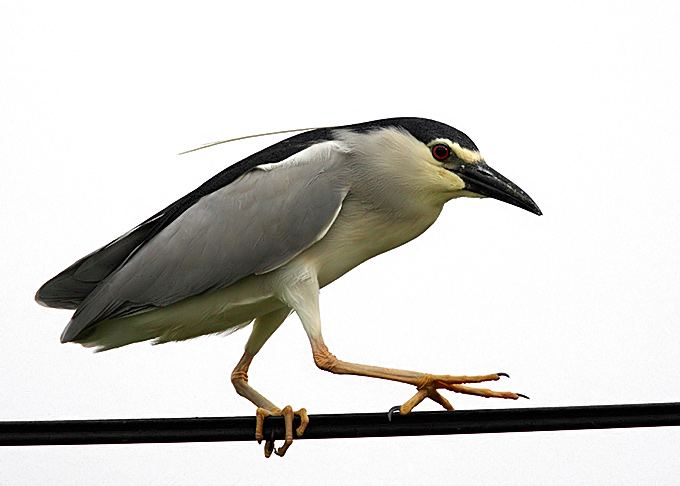
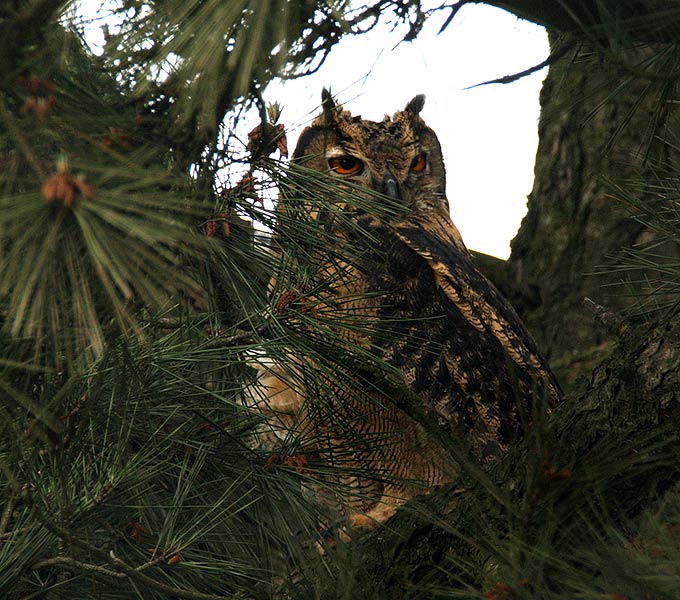
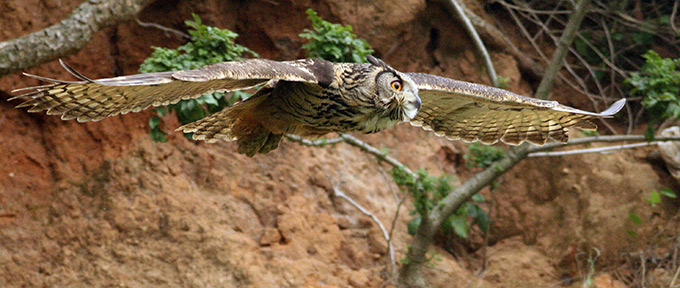
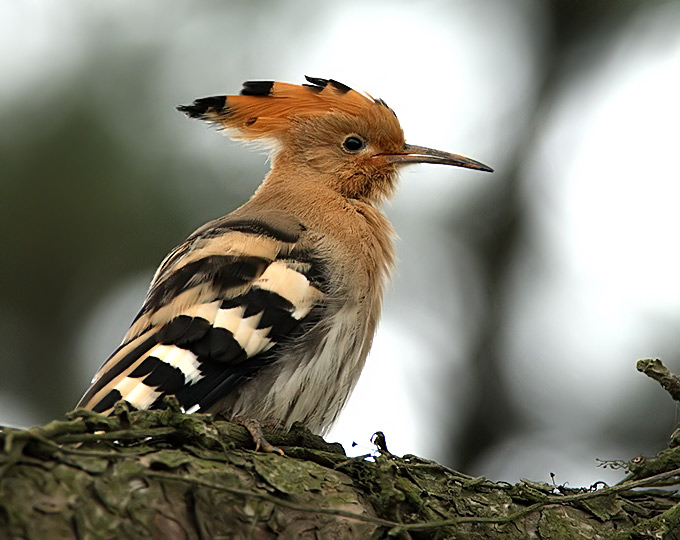
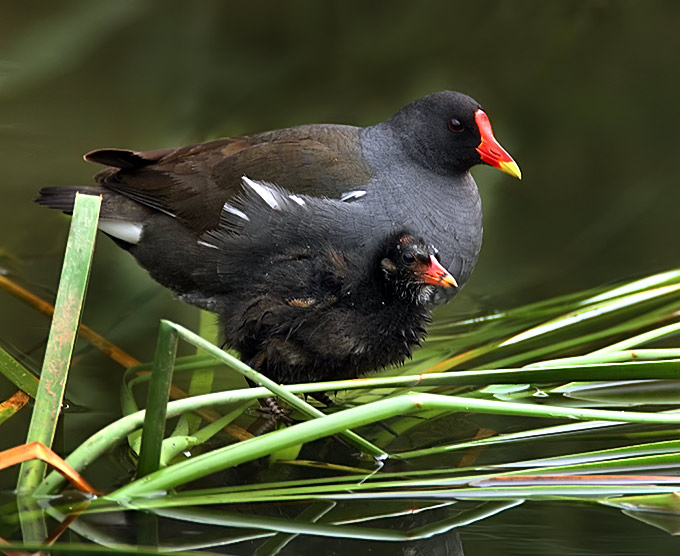
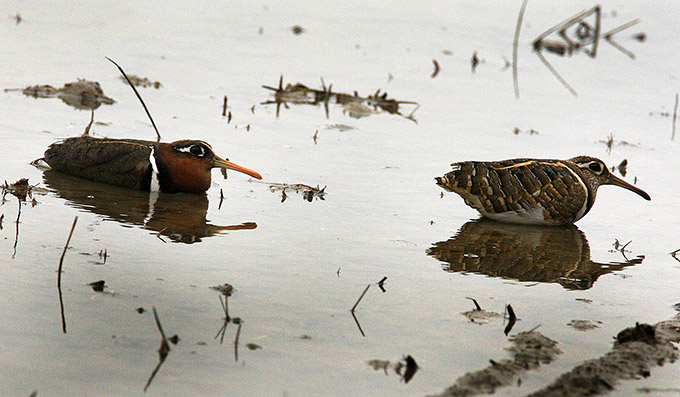
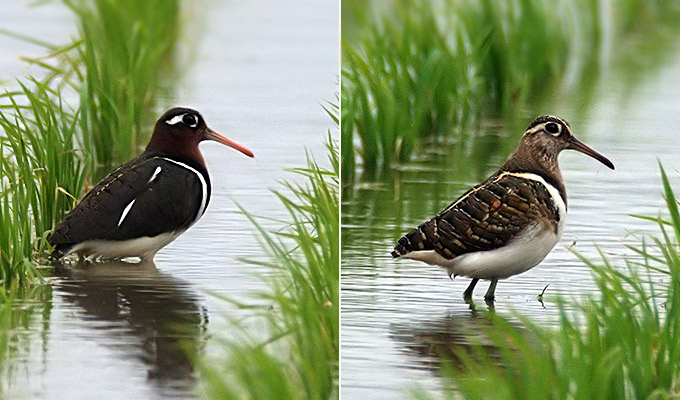
Doksan, Seoul, June 1
At the local city stream, Mallard and Spot-billed Duck are tending half-grown broods: also a scattering of Great Egret and Black-crowned Night Heron, Barn Swallow and a Grey Starling. Grey Herons comprise several duller juvenile / 1st year individuals, and the adults have half lost their long crest-tufts and formerly bright pink bills.
